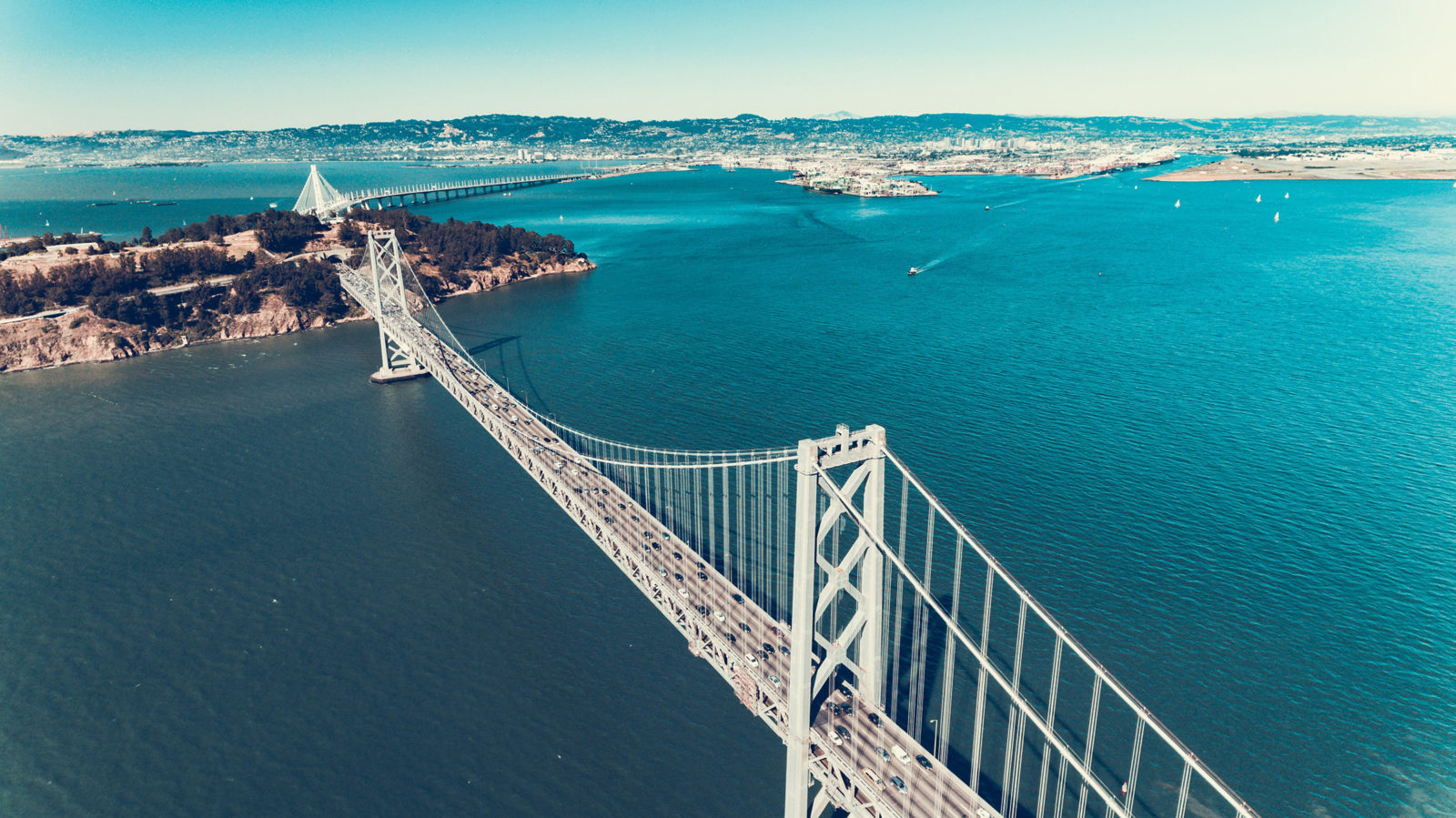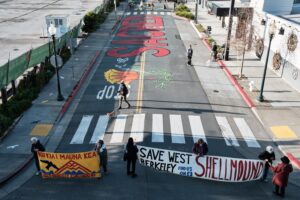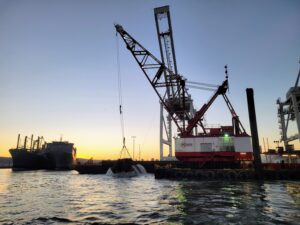Here in the Bay Area, we pride ourselves on being environmental trailblazers. Our achievements include pioneering curbside recycling, prohibiting the use of ozone-depleting Styrofoam, and leading the effort to ban plastic bags, straws, and utensils.
California, likewise, has long been a global leader on environmental and climate change issues. But there is still much work to do, particularly when it comes to reducing air pollution, meeting our renewable energy goals, and slashing the amount of plastic trash that litters our beaches, parks, and waterways.
Our air quality is certainly better than it was in the 1970s, but it’s not what it should be. In fact, it routinely falls short of federal air quality standards. According to a report earlier this year by the American Lung Association, California is home to six of the 10 most polluted areas nationwide for year-round particle air pollution. The Bay Area ranked sixth worst.
One of the biggest sources of particle air pollution is petroleum-diesel vans and trucks. Statewide, diesel-powered vehicles produce 33 percent of smog-causing pollution emissions and emit more particulate matter than all of California’s fossil-fueled power plants combined.
Families and children living in West Oakland and Richmond near ports and trucking routes are especially impacted by diesel emissions. Particle air pollution from diesel emissions has long been associated with increased risks for asthma, especially for kids, and childhood asthma rates in Richmond and West Oakland are far higher than in other parts of the East Bay.
That’s why I’ve authored Senate Bill 44. It’s designed to incentivize the move away from petroleum-diesel trucks in California and speed up the transition to zero emission fuels and technologies.
Transitioning away from petroleum diesel will also help California meet its climate goals faster. The transportation sector produces nearly 50 percent of the state’s greenhouse gas emissions, and diesel trucks and buses account for 20 percent of those transportation-related GHGs.
SB 44 would require the California Air Resources Board, by Jan. 2021, to create a comprehensive strategy for deploying medium- and heavy-duty vehicles that will enable California to finally meet federal ambient air quality standards. It would also require CARB to establish goals and spur technology advancements for reducing GHG emissions from the medium- and heavy-duty vehicle sectors by 2030 and 2050.
SB 44 won bipartisan approval in the state Senate on a 30-7 vote and is scheduled to be heard this month by the Assembly Appropriations Committee. If approved there, it will go to the full Assembly for consideration. In addition, I fought to ensure that California’s 2019-20 budget allocates $182 million from the state’s Greenhouse Gas Reduction Fund to invest in clean medium- and heavy-duty vehicle technologies.
Although California is on track to meet its goal of generating 33 percent of its electricity from renewable sources by 2020 (in fact, we’ve already achieved the goal), the state faces challenges in attaining its 60 percent renewables target by 2030. One of the most significant problems stems from the fact that California produces its solar energy during the day when the sun is shining but demand for electricity peaks in the evening after residents return home from work.
During these peak evening hours, when solar power is no longer being generated, the state’s grid operators turn on natural-gas power plants to meet consumer needs. And, unfortunately, these so-called peaker plants emit significant amounts of GHGs.
One solution is to utilize energy-storage technology to capture solar energy produced in the day and then use it in the evening when needed. My 2012 legislation, AB 2514, launched that effort in California.
Another solution is SB 49, a bill I’m carrying this year. SB 49 would require the California Energy Commission to spur the development of smart appliances that can shift demand for electricity to when the state is producing renewable energy — and thus reduce the need for peaker plants.
For example, smart appliances, like home air conditioning systems, could be equipped with technology that allows them to be switched on remotely during the day when solar production is at its zenith, then switched off when electricity demand peaks. That way, when a person returns home in the evening, the home will already be cool, thereby reducing both electricity demand and the need for peaker plants.
SB 49 also won bipartisan approval in the state Senate on a 30-8 vote and will be heard by the Assembly Appropriations Committee this month.
My third environmental bill this year is SB 54, of which I am a joint author. It’s designed to drastically reduce single-use plastics in California by 2030. It passed the state Senate in May on a 28-8 vote and is also scheduled to be heard this month by the Assembly Appropriations Committee.
Although the Bay Area and the rest of the state have made progress in dealing with the scourge of plastics over the years, the problem has recently taken a turn for the worse. That’s because California lost major markets for recyclable plastics. In 2017, China adopted Operation National Sword, limiting recycling imports and banning a number of plastics, and in January of this year, China expanded its ban to include post-consumer plastics such as soda and shampoo bottles. Then in March, India announced that it’s also barring scrap plastic imports.
As a result, the U.S. recycling rate for plastics is expected to plunge from 9.1 percent in 2015 to as low as 2.9 percent this year. In turn, more plastics will spoil our waterways. A groundbreaking report in 2015 by the San Francisco Estuary Institute found that billions of pieces of plastics flow into San Francisco Bay each year.
Under SB 54, state agencies would be required to adopt regulations to spur the creation of local recycling infrastructure and to source reduce and recycle 75 percent of single-use packaging in California by 2030. It would also mandate that all single-use packaging and products be recyclable or compostable by 2030.
If you’re interested in supporting these important bills as they move through the Assembly, please contact your local Assembly member. We’ve come a long way on environmental issues, but the job is far from done.





